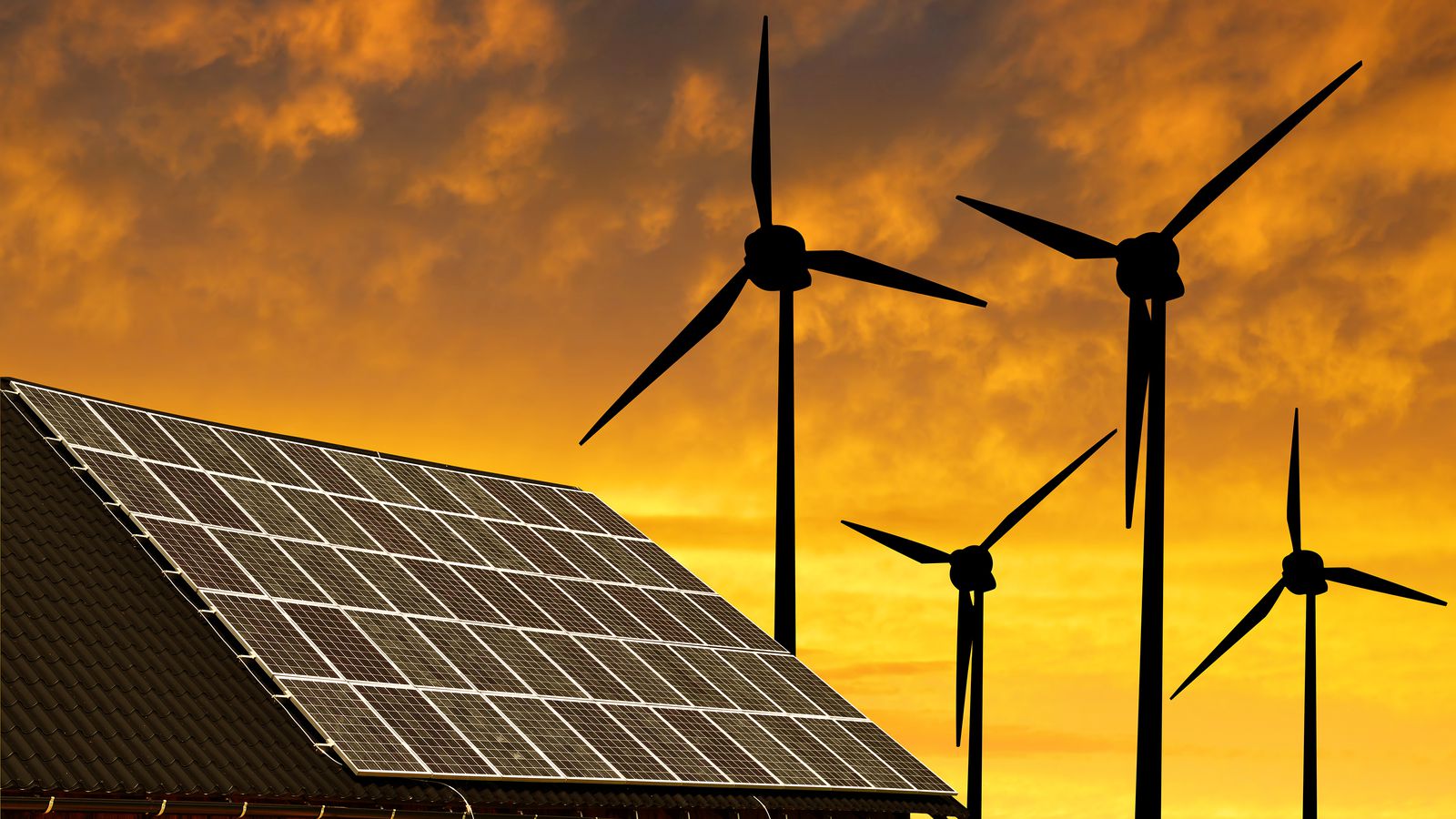Understanding Battery Storage for Portable Solar Systems
Understanding Battery Storage for Portable Solar Systems
Blog Article

As the world increasingly turns to renewable energy sources, solar energy has emerged as a leading solution for sustainable power. With advancements in technology, portable solar generators and power stations have become accessible and practical options for those seeking reliable energy on the go. Whether you are camping in the great outdoors, preparing for emergencies at home, or simply looking for ways to reduce your carbon footprint, understanding the role of battery storage in these portable systems is essential.
The energy storage industry is evolving rapidly, and innovations in battery technology are making it possible to harness solar energy more efficiently than ever before. Portable power stations serve as the heart of these systems, converting sunlight into usable electricity and storing it for later use. Delving into how battery storage works within portable solar systems will help you make informed decisions that align with your energy needs while contributing to a greener planet.
The Basics of Solar Energy Storage
Solar energy storage is a critical component of utilizing solar power effectively. It allows for the capture and storage of energy generated by solar panels during sunlight hours for use at a later time. This capability enables users to harness solar energy even when the sun is not shining, such as during nighttime or cloudy days. As the demand for renewable energy solutions grows, the importance of effective energy storage systems becomes increasingly apparent, facilitating a transition to more sustainable power sources.
Portable solar generators and power stations are designed to make solar energy accessible in various situations, from camping trips to emergency backup. They typically consist of solar panels paired with energy storage batteries, allowing users to generate and store electricity on the go. This flexibility not only supports outdoor activities but also provides a reliable power source for small devices and appliances in remote areas. Understanding the specifications and limitations of these systems is essential for maximizing their potential benefits.
The energy storage industry is rapidly evolving, offering numerous alternatives for solar energy storage solutions. Lithium-ion batteries dominate the market due to their high energy density and efficiency. However, other technologies, such as lead-acid and flow batteries, are also available, each with its advantages and challenges. As the technology continues to improve, consumers will have a wider selection of options to suit their energy needs, whether for personal use or larger scale applications.
Choosing the Right Portable Solar Generator
When selecting a portable solar generator, it is essential to consider your energy needs. Different devices come with varying power outputs, so knowing what appliances or devices you intend to power is crucial. Take into account the wattage requirements of your electronics and choose a generator that provides sufficient power. This will ensure that you can charge or run your devices without experiencing interruptions.
Another important factor is battery capacity. The capacity, measured in watt-hours, determines how much energy the generator can store for use later. If you plan to use your portable solar generator for extended periods or require it for multiple devices, opt for a unit with a higher capacity. It is also advisable to look for models with efficient solar charging capabilities, as this will allow you to replenish the battery more quickly and effectively during outdoor activities or emergencies.
Solar Generators Portable
Lastly, consider the portability features of the solar generator. Look for a lightweight design with a compact structure, making it easier to transport. Features such as built-in handles or wheels can enhance mobility, especially if you need to move the generator frequently. Additionally, examine the connectivity options available, such as USB ports and AC outlets, to ensure that the generator can support all your devices conveniently.
The Future of Energy Storage Technology
The future of energy storage technology is poised to revolutionize the way we harness and utilize solar energy. As the demand for portable solar generators continues to rise, advancements in battery technology will play a crucial role in enhancing their efficiency and usability. Innovations such as solid-state batteries and improved lithium-ion solutions promise higher energy densities and longer lifespans, making portable power stations more reliable for outdoor adventures and emergency situations.
Additionally, the energy storage industry is leaning towards integrating artificial intelligence and smart technology into battery systems. This integration can optimize charging and discharging cycles, extend battery life, and improve overall energy management. Smart features will allow users to monitor their power needs in real-time, ensuring that portable solar generators are charged optimally and can keep up with varying energy demands, especially in off-grid settings.
Furthermore, sustainability is becoming a focal point in the development of future energy storage technologies. As consumers demand eco-friendly options, manufacturers are exploring biodegradable materials and efficient recycling processes for batteries. This shift not only addresses environmental concerns but also positions portable solar power stations as a vital part of a sustainable energy future, fostering a transition to cleaner energy sources and reducing reliance on fossil fuels.
Report this page